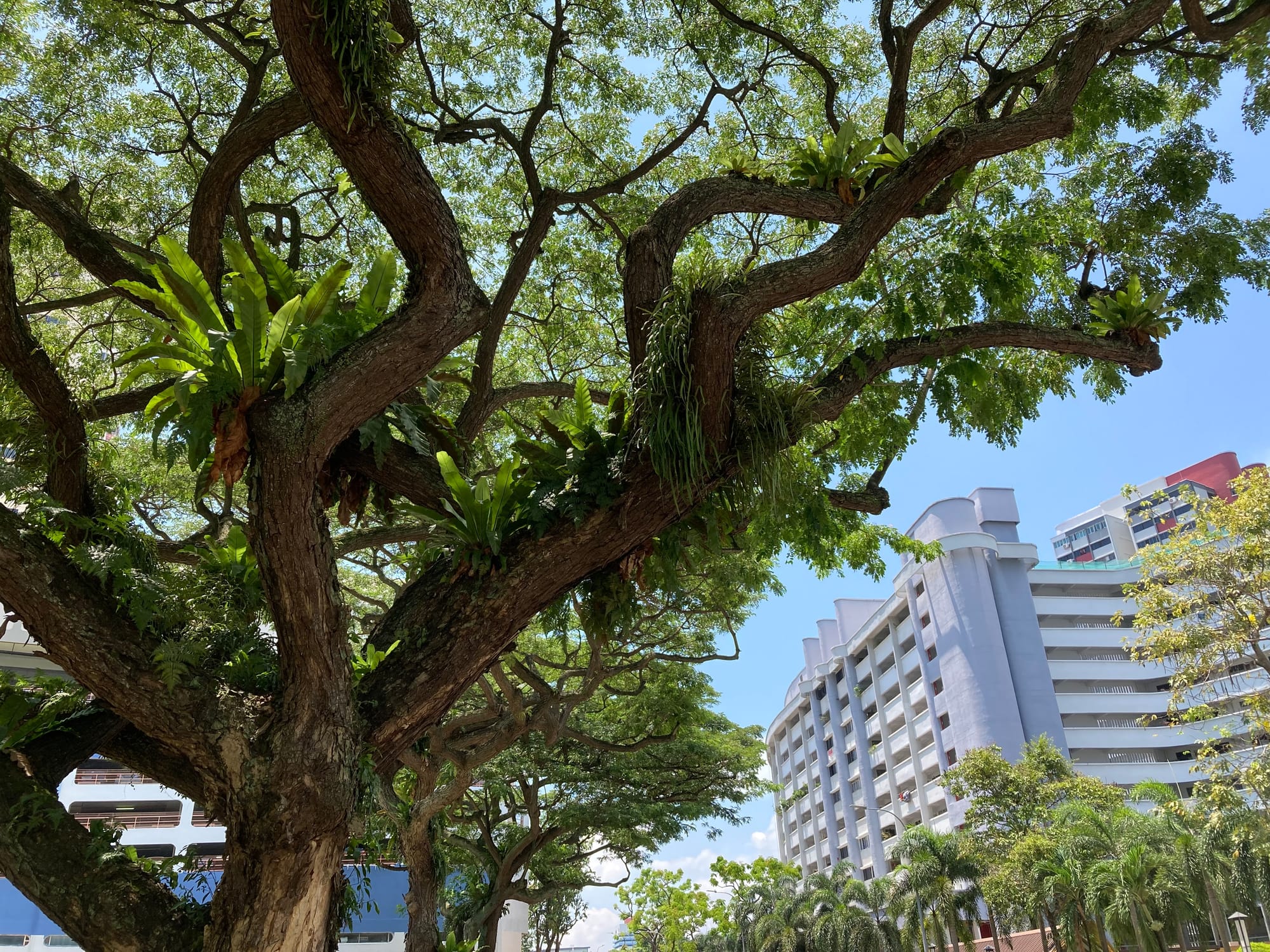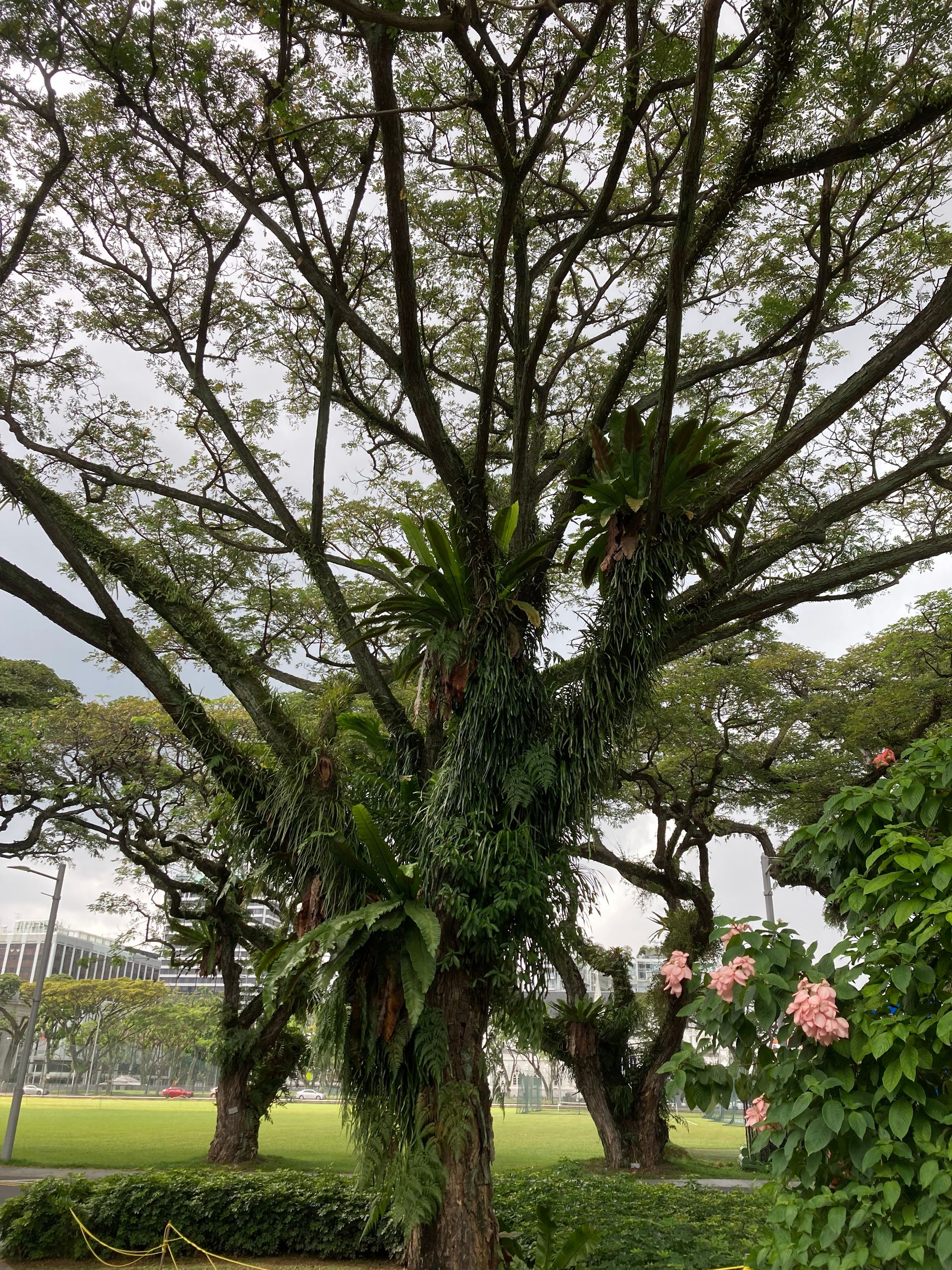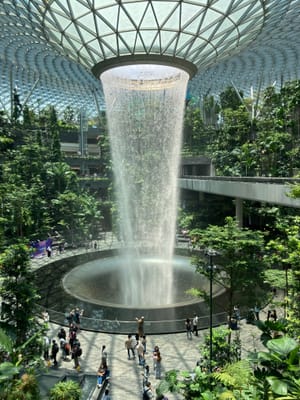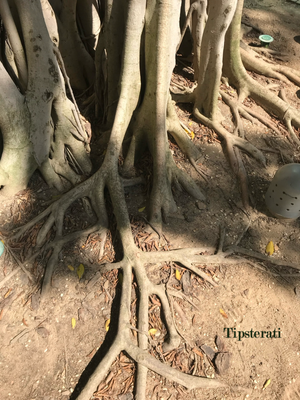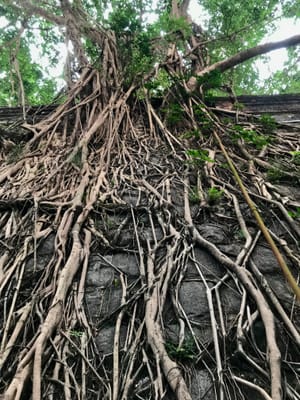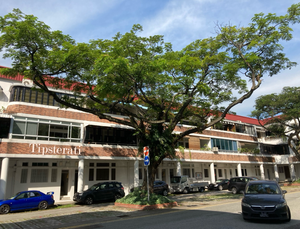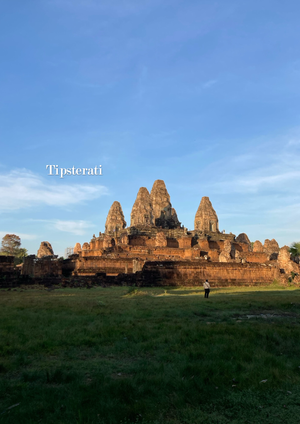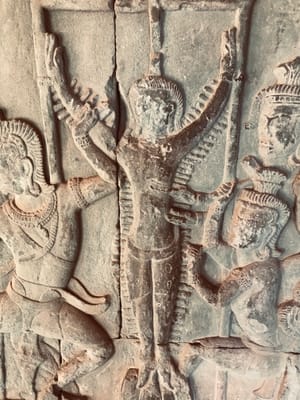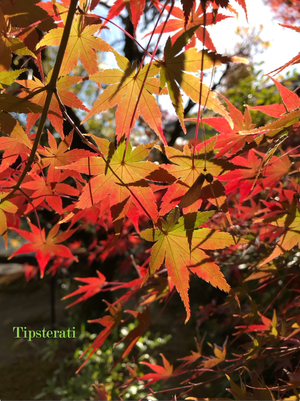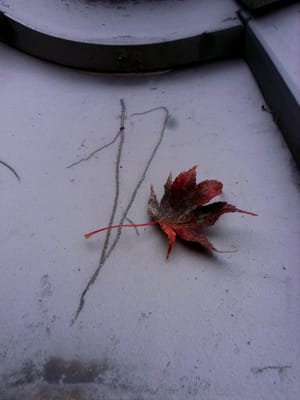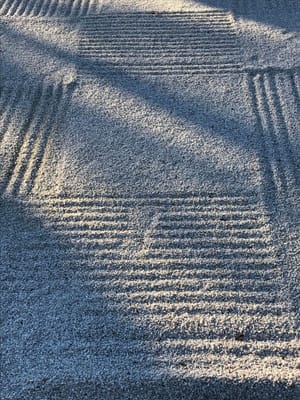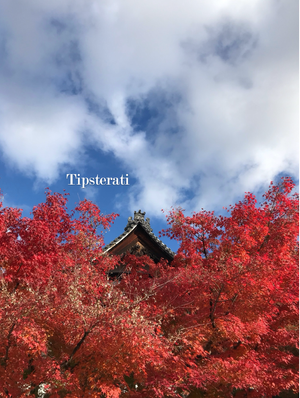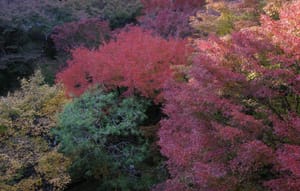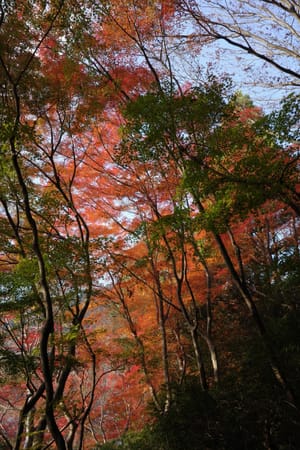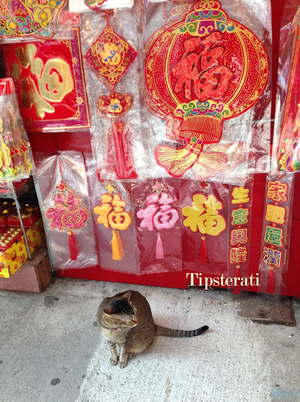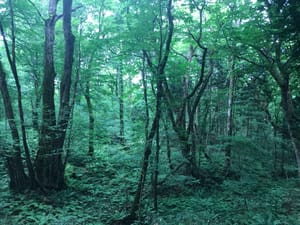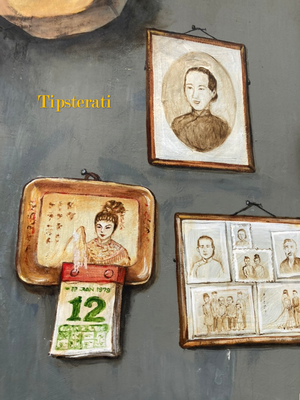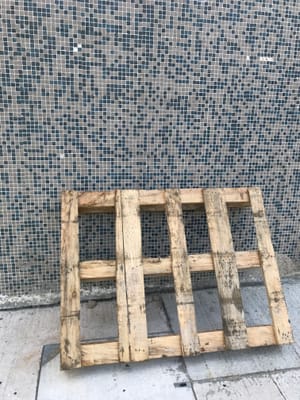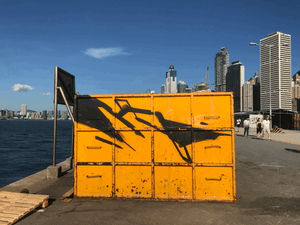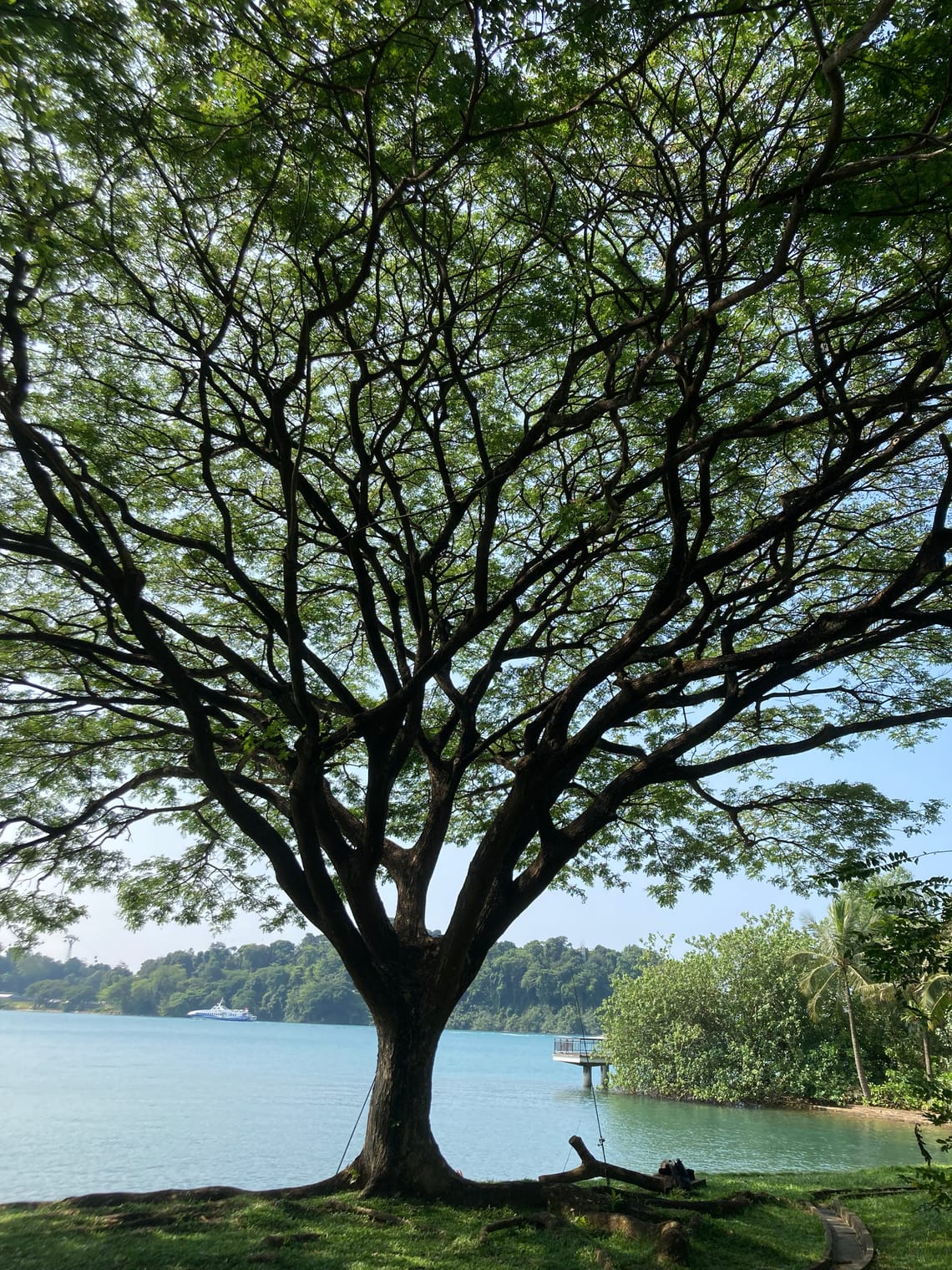
Rain Trees
When I began planning my return to Singapore in 2021, I had in mind to write a book on nature in my native city state. I had begun work on this while still in Hong Kong and, to begin with, I concentrated on learning as much about the trees of Singapore as I could. The rain tree (Samanea saman) particularly entranced me.
Originally from South America and introduced to Singapore by the British, the rain tree has become a familiar sight along our roads. Tall with a spreading, umbrella-shaped crown, it makes for a majestic street tree. It has delightful quirks too. Did you know the Malays call it pukul lima (the five o’clock tree) because it folds its compound leaflets around dusk? Did you know it does the same when it rains (hence its common name: rain tree)? Did you know, because of this habit of closing its leaflets and allowing rainfall to filter through, the tree is a hospitable host for epiphytes like ferns and orchids in the crooks of its branches?
I had compiled these wondrous facts, but when it came to writing about the rain tree, all I could do was regurgitate this list. I could perhaps dredge up a few memories—admiring the numerous rain trees that lined the expressway that took me from the airport back to my childhood home; taking a break from schoolgirl frivolities to look out of the school bus window and silently notice the lonely beauty of one such tree by the road. But these were transient moments. I had not shared enough of my life with rain trees to write about them with great feeling.
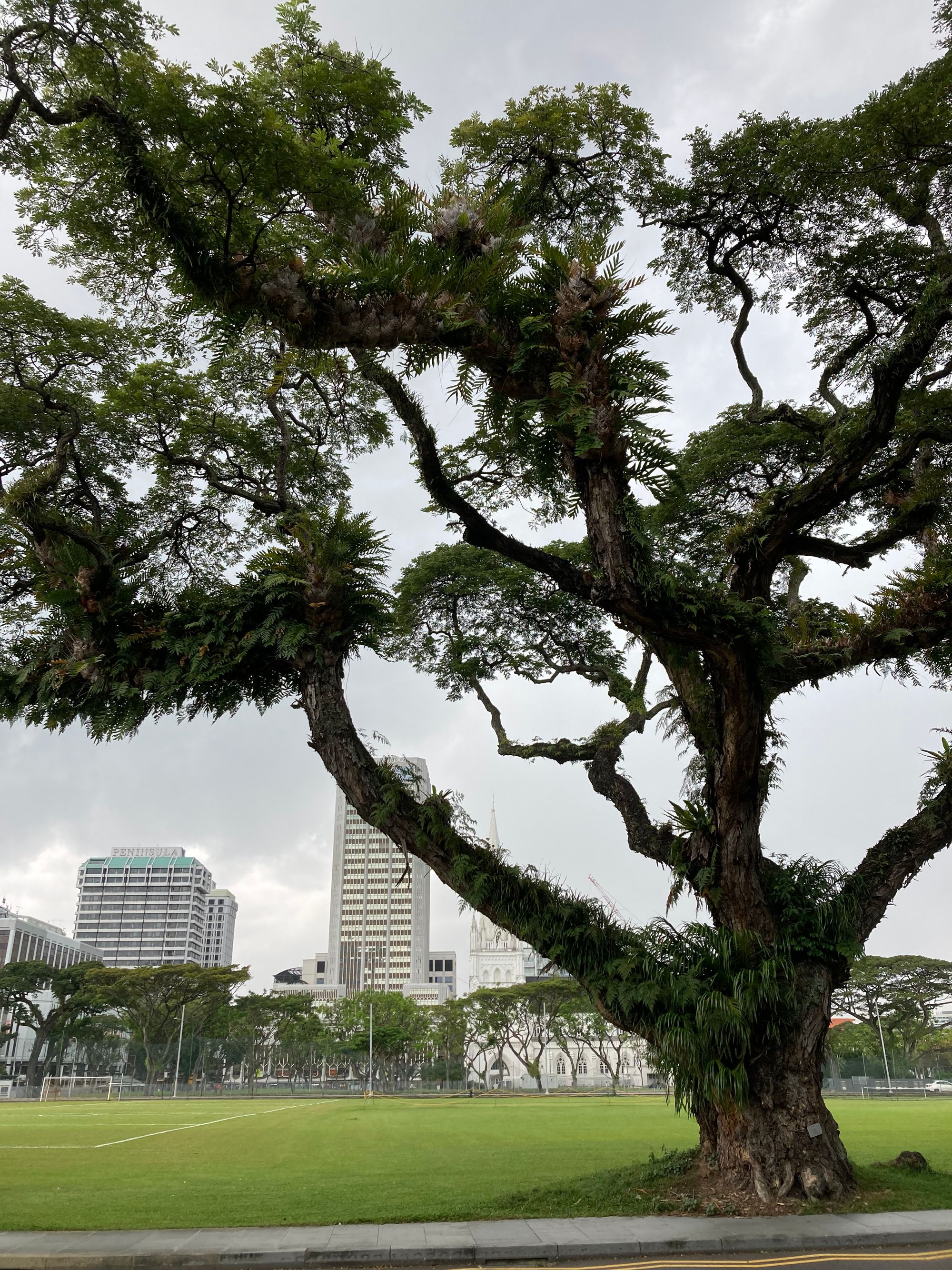
Since returning, I have tried to connect with these trees a little more. I have observed crown shyness in the specimens outside the gates of the Istana (the state residence of Singapore’s president).
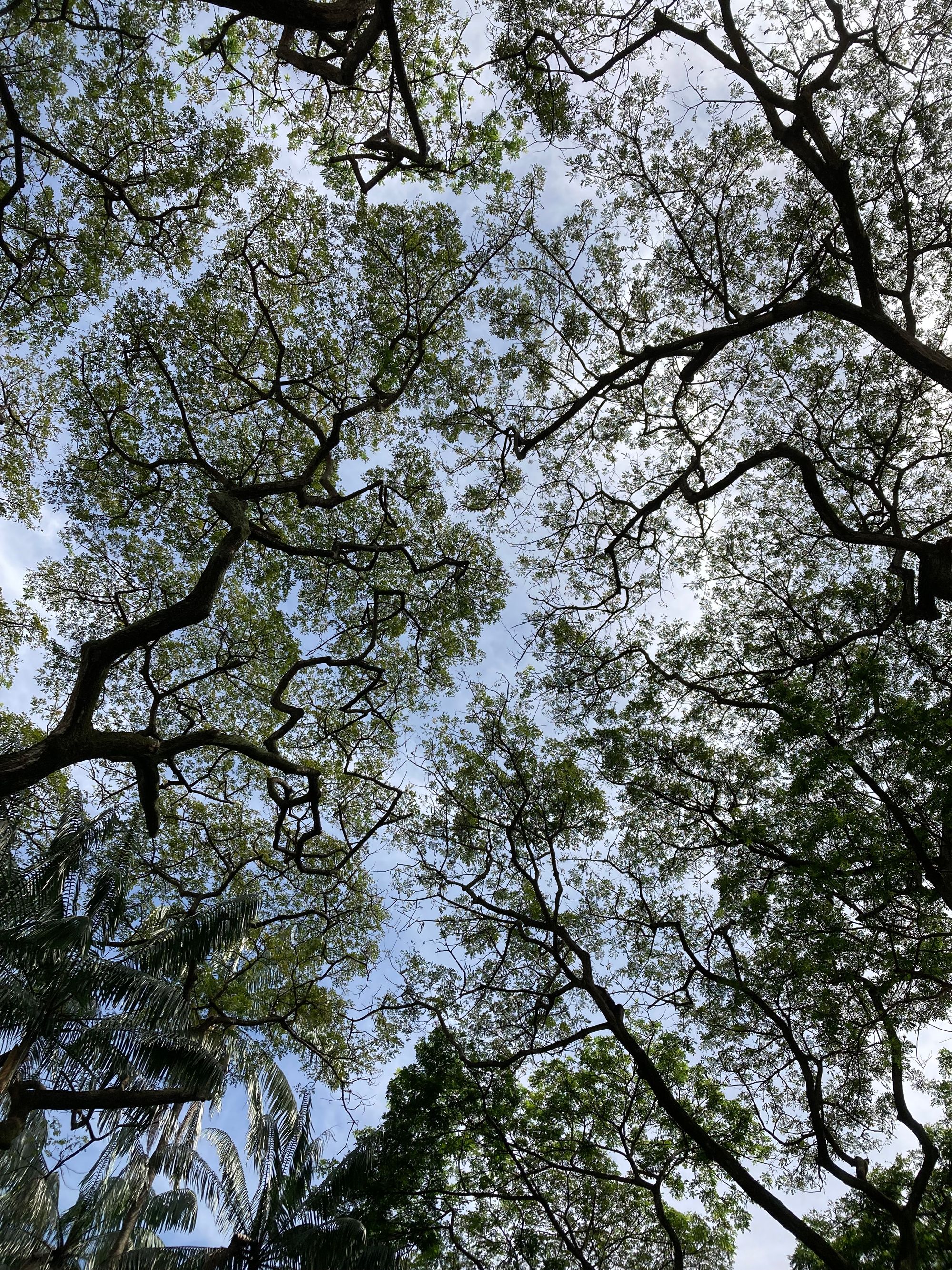
I have marvelled at a gorgeous heritage rain tree in Seletar, which must be almost a hundred years old.
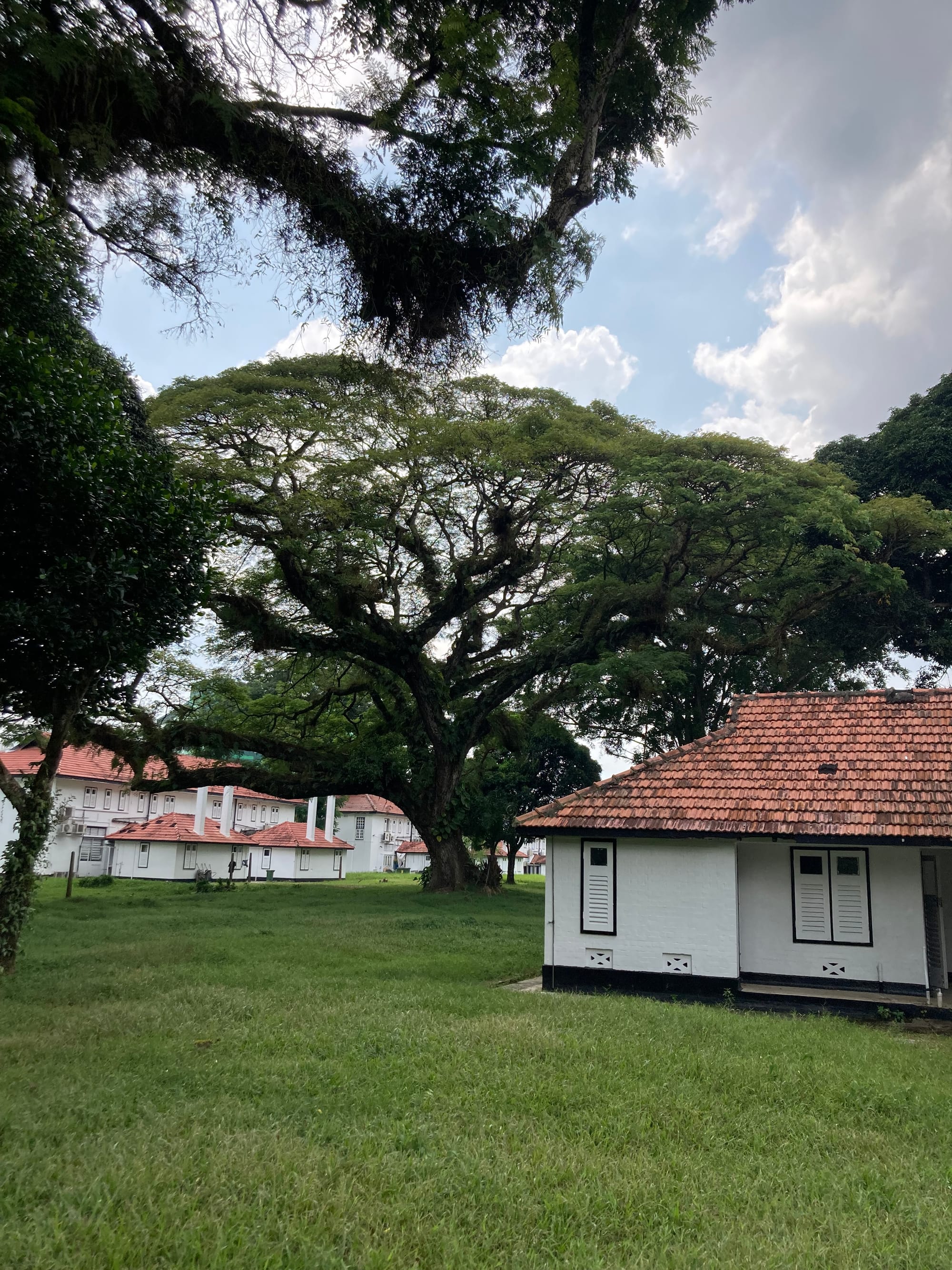
I have enjoyed the shade of many a pukul lima tree in the civic district, under which are benches where office workers eat their lunches and dream of leaving work at 5 o'clock.
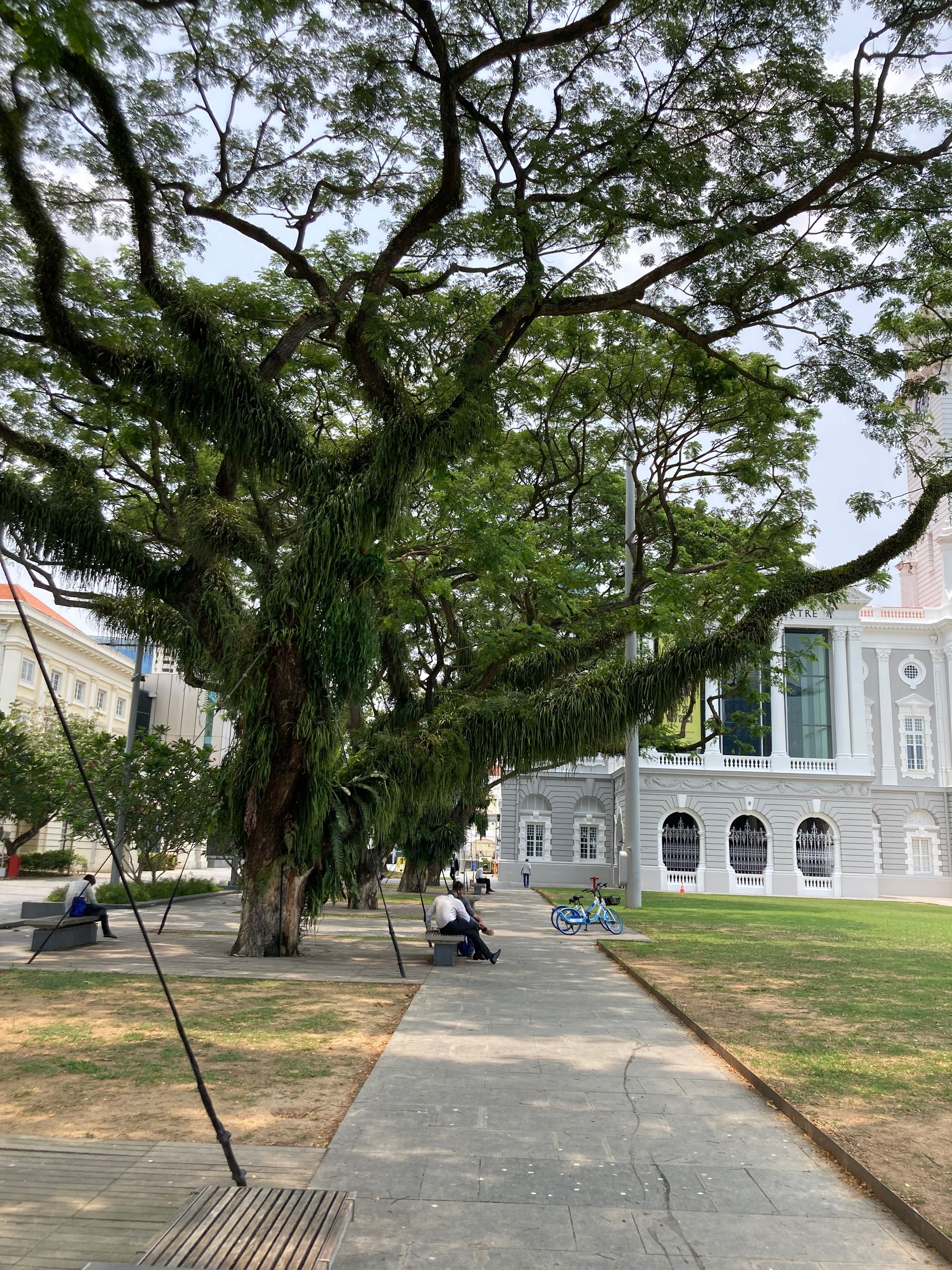
They inspire me to ask many questions: how did it feel to be transplanted from South America by the British? Is being a street tree different from being a forest tree? What is it like to nurture those bird's-nest ferns and have your branches wrapped in the green of the dragon’s scale fern? How do you bear your branches being pruned? What have you seen over these decades watching Singaporeans drive, walk, eat, and play beneath your generous shade? Does Singapore feel like home now? How have you managed to thrive here?
The trees maintain a stately silence. But perhaps to look upon them, festooned with life, is enough of an answer.
